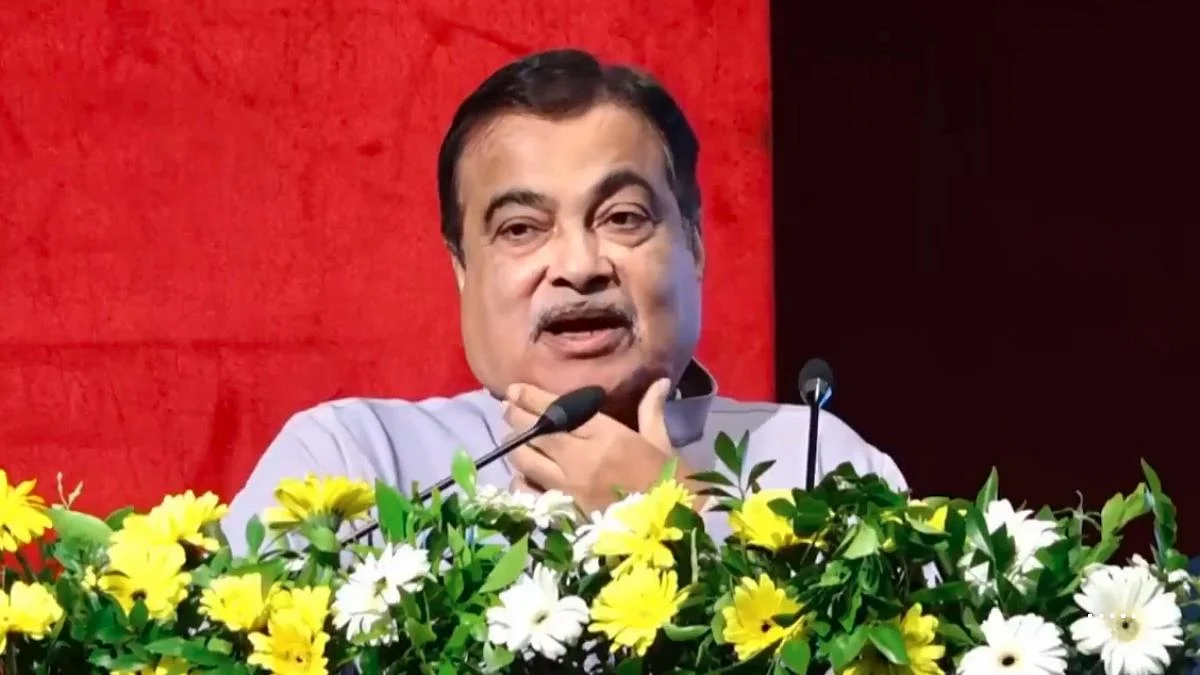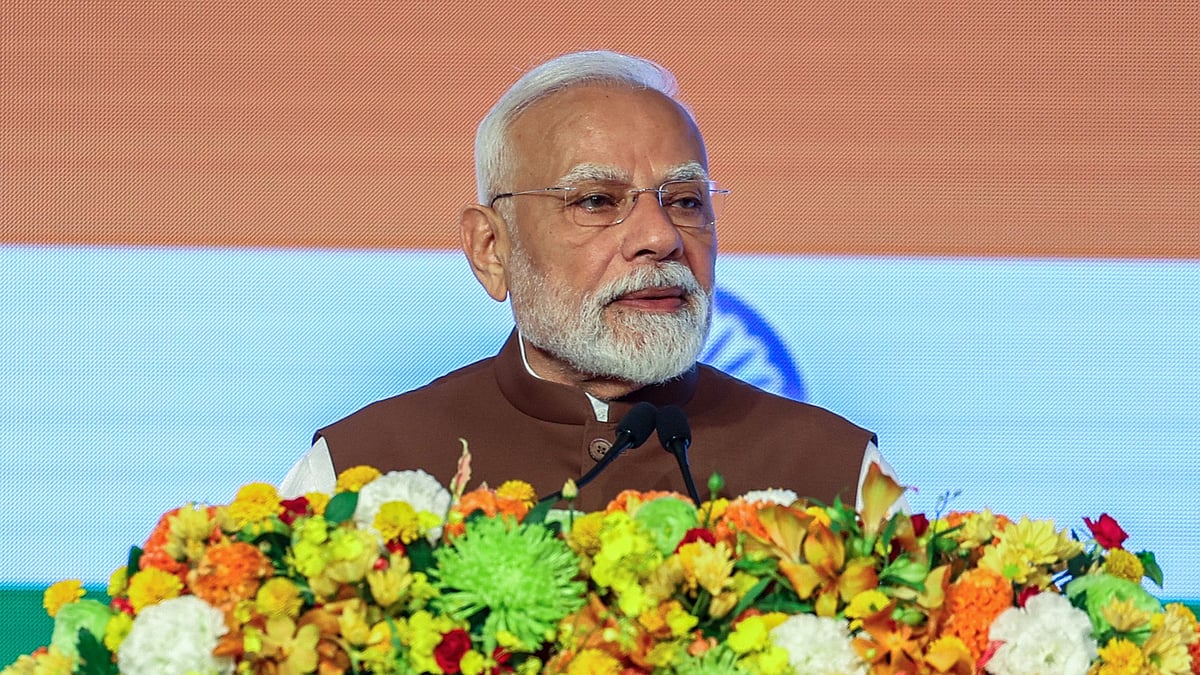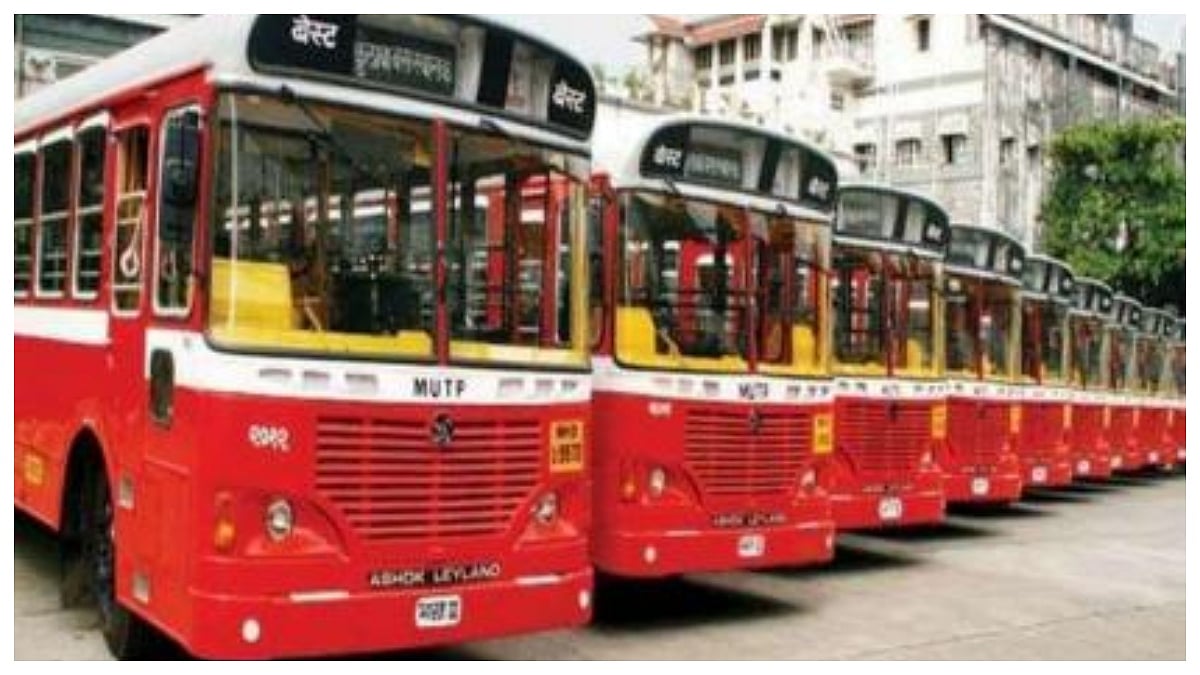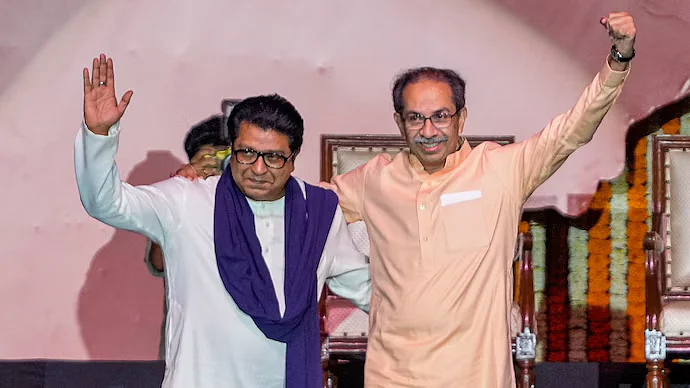The soldier lurched forward and bent at the waist, feet in China, head in India, his elbows resting on a stone wall between the two. Clasping a bottle of clear Chinese ‘firewater’ in one hand, he attempted a Hindi film song that was lost to the winds. His friends standing or seated on the knoll behind egged him on.
“They used to come there so often that we had a place designated for them,” an Indian Army officer who served at Yangtse near Tawang in Arunachal Pradesh till five years ago recalled. Yangtse, where Indian and Chinese soldiers came to blows on Dec 9, has been a venue of frequent encounters for the better part of 30 years. Not all of them ended in violence.
“A handful of them would come, make small talk and return. There would be five, six or a section [nine] soldiers who would be on a routine patrol. Over the months we became familiar, each side understanding that we had a job to do in a very different world,” said the officer.
Men and Moutai with Monkey Gloves in the mountains are a potent combination. Men have short memories. Moutai is the ‘firewater’, a clear liquid that is China’s tipple, a favourite of many of its leaders since Mao Tse-tung. A Monkey Glove is a metal ball wrapped in a sailor’s knot at the end of a short rope that is swung to inflict bodily damage. In the Himalayas all of that ends up on the rocks.
In the high noon of India-China military relations, I watched with amazement boisterous Indian and Chinese soldiers tinkling bottles of Moutai and Old Monk rum before they swilled a night away. This was in the Kunming Military Academy in Yunnan, China, in 2007 at the conclusion of the first India-China army exercise named “Hand-in-Hand”. A very different world.
In a little over two-and-a-half years, such encounters have avalanched down the Himalayas. Even in Galwan, where 20 Indian soldiers and an unspecified number of Chinese were killed on June 15, 2020, they used to meet at the very spot in the riverine gorge, Patrol Point 14, exchange a cigarette or two, before returning to base.
Since that orgy of violence, India and China are leaving little option to turn back from the possibility of armed conflict. It was at Tulung La, a little east of Yangtse, that the last gunshots that killed soldiers on the China frontier were recorded in 1975. The details of that incident, too, are lost in rolling fog. The bodies of four troopers of the Assam Rifles, a paramilitary force, were handed over to the Indian Army a day later. The number of Chinese casualties was never known.
Gunshots in the fog leave room for ambiguity that spiked clubs and monkey gloves don’t. This time each side is very sure of the other. In the age of artificial intelligence Indian and Chinese soldiers are fighting like barbarians at the top of the world.
There is a perversity about such intent to cause wilful harm. It can be argued, equally, that opening fire would be an escalation because the possibility of casualties increases. That would, in turn, inflame domestic audiences and trap both New Delhi and Beijing in a tailspin.
The irony is that the borders were drawn up neither by China nor by India. Indeed, neither China nor India existed in their current shapes when Captain Arthur Vincent McMahon, then Britain’s India Secretary, marked the border with Tibet in what is now Arunachal Pradesh with a thick pen on a fine map in 1914. The line inherited and claimed by India is named after a man who used the thick pen also between Persia and Afghanistan and in Arab lands in West Asia.
The desire to avoid a shooting war is accompanied in equal measure to prepare for one. Each of the Chinese incursions since April 2020 has been from military establishments that were created anew or spruced up.
Opposite Arunachal, Uttarakhand and Himachal Pradesh, these have taken the shape of border development villages, firm bases for dual use by civilians and the military. In fact, from the vantage point of Yangtse, Indian soldiers can actually see such a village and the development or roads leading to and from it. India, too, is ramping up military infrastructure. The Se La tunnel at 13,000 feet on the road to Tawang is due to open early in 2023. But China has demonstrated a greater ability to deploy more soldiers faster.
The ‘incursions’ are taking the shape of scouting missions. This understanding is what makes the Indian leadership cower at the toll it could take and leads them to cover up the extent of the threat that the Chinese PLA has posed since that disastrous lapse of judgement that allowed them to walk into Eastern Ladakh in 2020.
It is Christmas. When he was defence minister (in the BJP-led Vajpayee Government), George Fernandes used to order cakes from Koshy’s in Bangalore and take them to the Siachen Glacier for Indian soldiers. In the coming months, India will be deploying a new breed of soldiers called Agniveers on hostile borders. China bristles every time a central leader visits Arunachal which it claims as its own.
Crunch times are waiting. There will be fafda at the frontiers.
Sujan Dutta is a journalist based in Delhi. He tweets from @reportersujan










